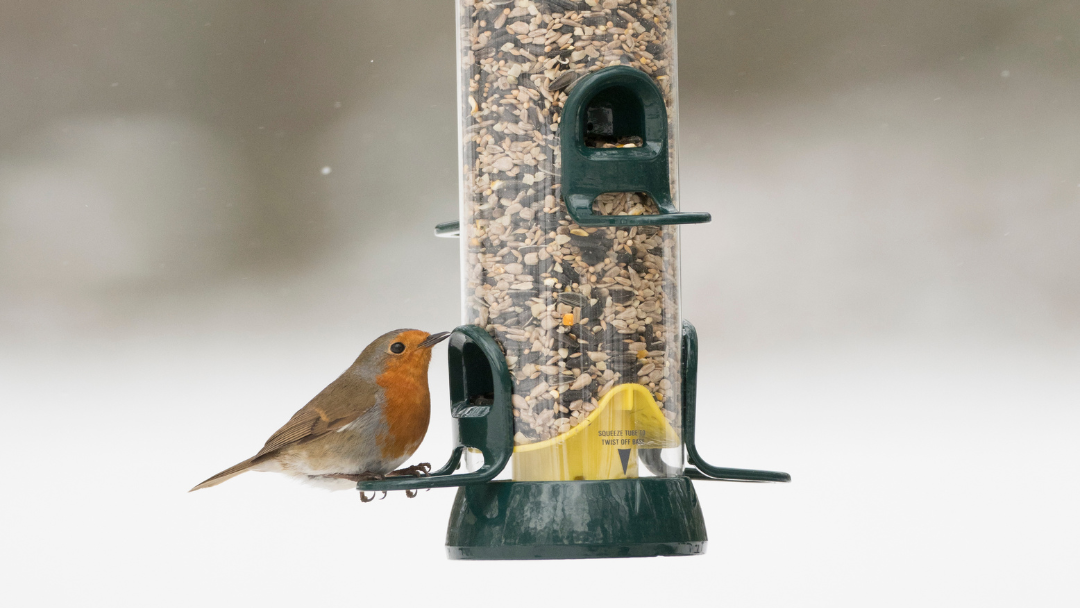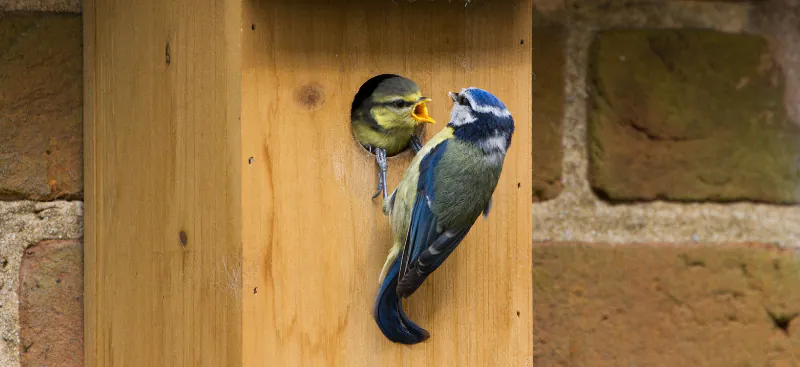The 5 Do's & Don'ts for the Nesting Season
As we enter the busiest time of year for our garden birds, we feel more inclined to give them a helping hand. But we still see even the most experienced birders make rookie mistakes. Which is why we've come up with the top 5 Do's and Don'ts for the nesting season!
1. DON'T give wild birds harmful 'nesting' material
We all want to give birds a little helping hand during their busiest time of year, but please do NOT give them:
- pet fur
- human hair
- yarn scrap
Many people believe these are suitable materials, but they're actually life-threatening for birds and their nestlings. Human hair and yarn scraps pose a choking hazard, and pet fur may contain flea or tick treatment that may harm wild birds. If you would like to help birds build their nests, you can place nesting wool in the garden, a sustainable material that is safe for birds to use.
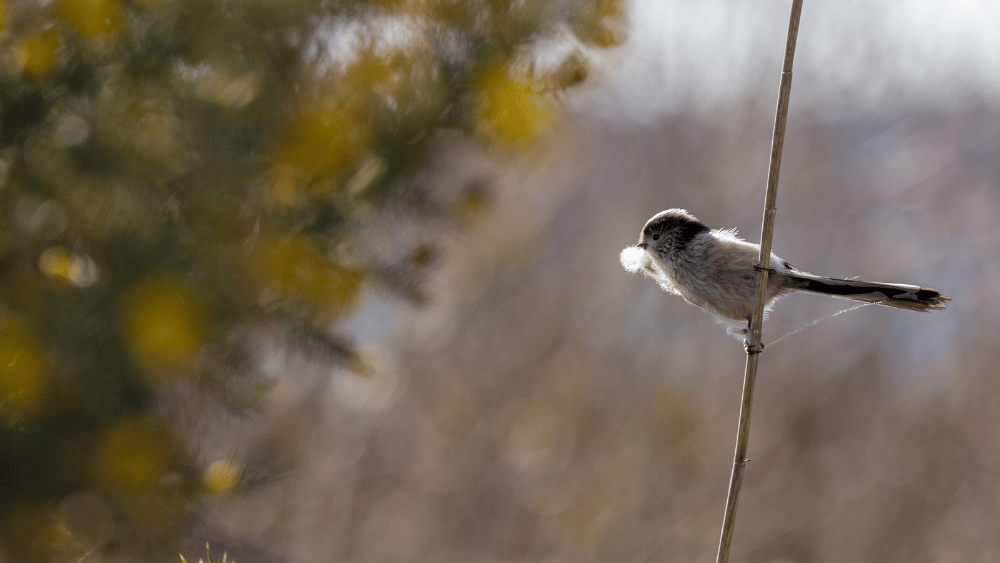
2. DO protect your nesting birds
Predators such as squirrels and magpies may try to access nest boxes to eat the eggs. They do this by eating/pecking away at the wooden entrance hole until it's large enough to get inside. Keep your garden birds' eggs safe this nesting season, and fix protection plates to your nest box entrance hole. These strong copper plates will withstand any attack from predators and prevent them from breaking in.
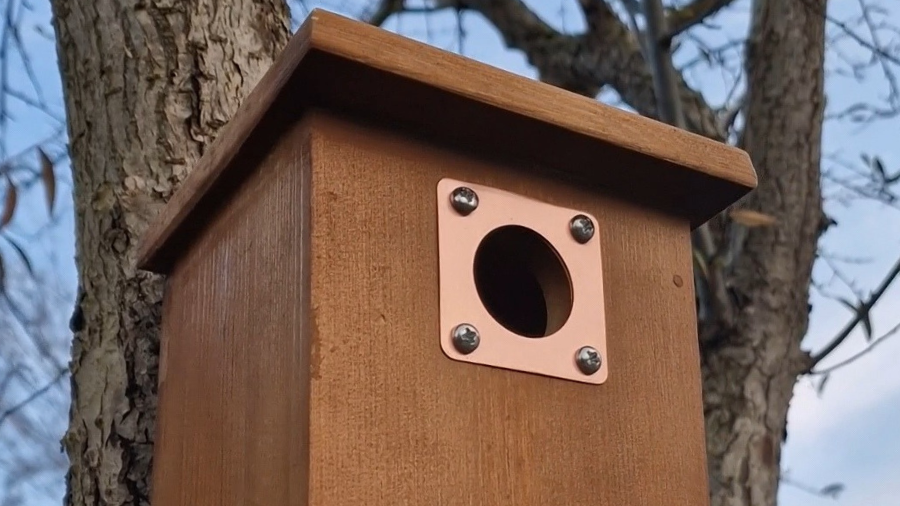
3. DON'T just use one type of nest box
You are already winning if you have one nest box up in the garden, but to really take the trophy home, why not put two, three or even four nest boxes up? Each box could provide a safe home for individual bird families. You can even get different species nesting in the garden with nest boxes that have different size entrance holes. Here's a size guide for common garden birds' preferences.
- 26-28mm size holes will attract Blue Tits, Coal Tits, Marsh tits & Willow Tits.
- 32mm-34mm and oval size holes will attract House Sparrows, Tree Sparrows, Pied Flycatchers, Nuthatches & all Tits.
- Open-fronted nest boxes will attract Robins, Wrens, Black Redstarts, Spotted Flycatchers, Blackbirds & Pied Wagtails.
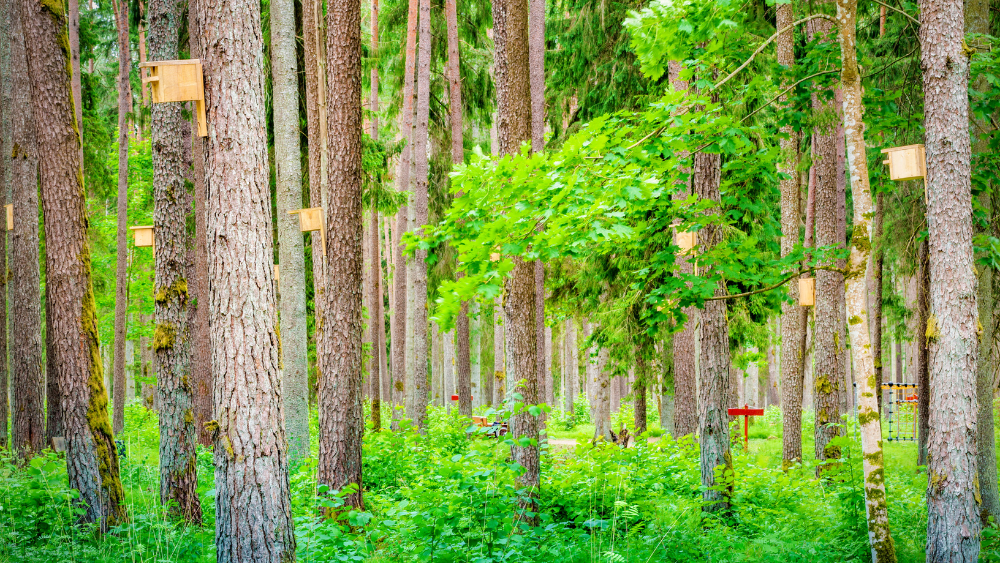
4. DO find the best place to site your nest boxes
Most garden birds like their nest boxes sited 2-4 meters above the ground. But if you're siting a nest box for robins, place it between 1-2 meters high. Face the box between North and East to avoid direct hits from harsh wind, rain and heat from the sun. When securing the nest box against a solid surface (tree or wall), let it sit tilted forward slightly so rain won't get in through the entrance hole.
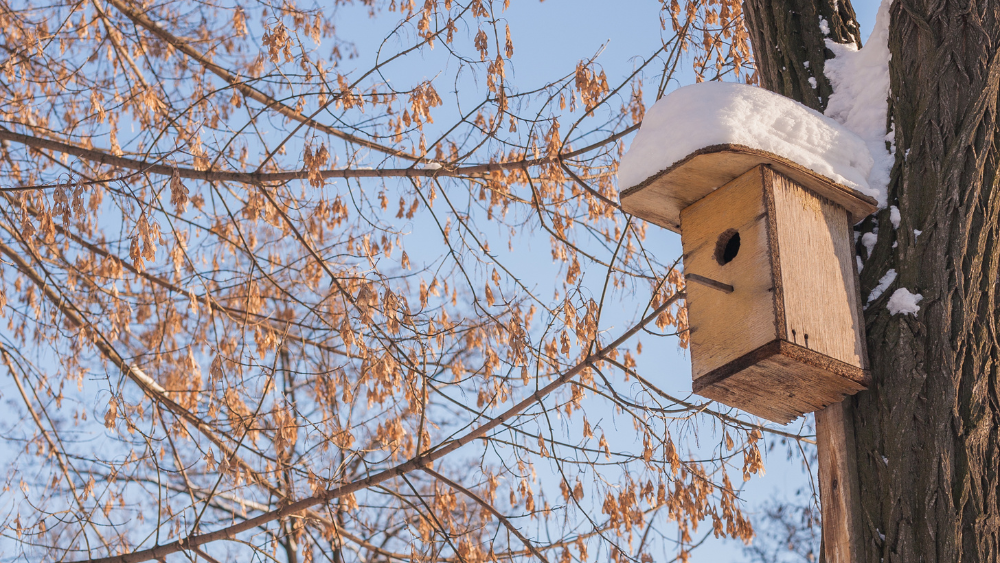
5. DON'T let your bird feeders or bird baths go empty
Our garden birds will be working overtime in the nesting season, and they’ll need a good supply of food and water to replenish their energy levels. Not only will full feeders and baths entice birds to your garden, but they will also get them to notice the nest boxes. Setting up bird feeders and a bird bath near the box is a great way to motivate them to settle in it. Premium Sunflower Hearts and high-energy Suet Treats are huge crowd-pleasers amongst wild birds. After some time, you may start seeing the same bird flying back and forth in the nest box; this quite possibly means it has taken up residency! Once this happens, you'll want to move the feeders away from the box, as activity at the feeder could disturb nesting birds.
